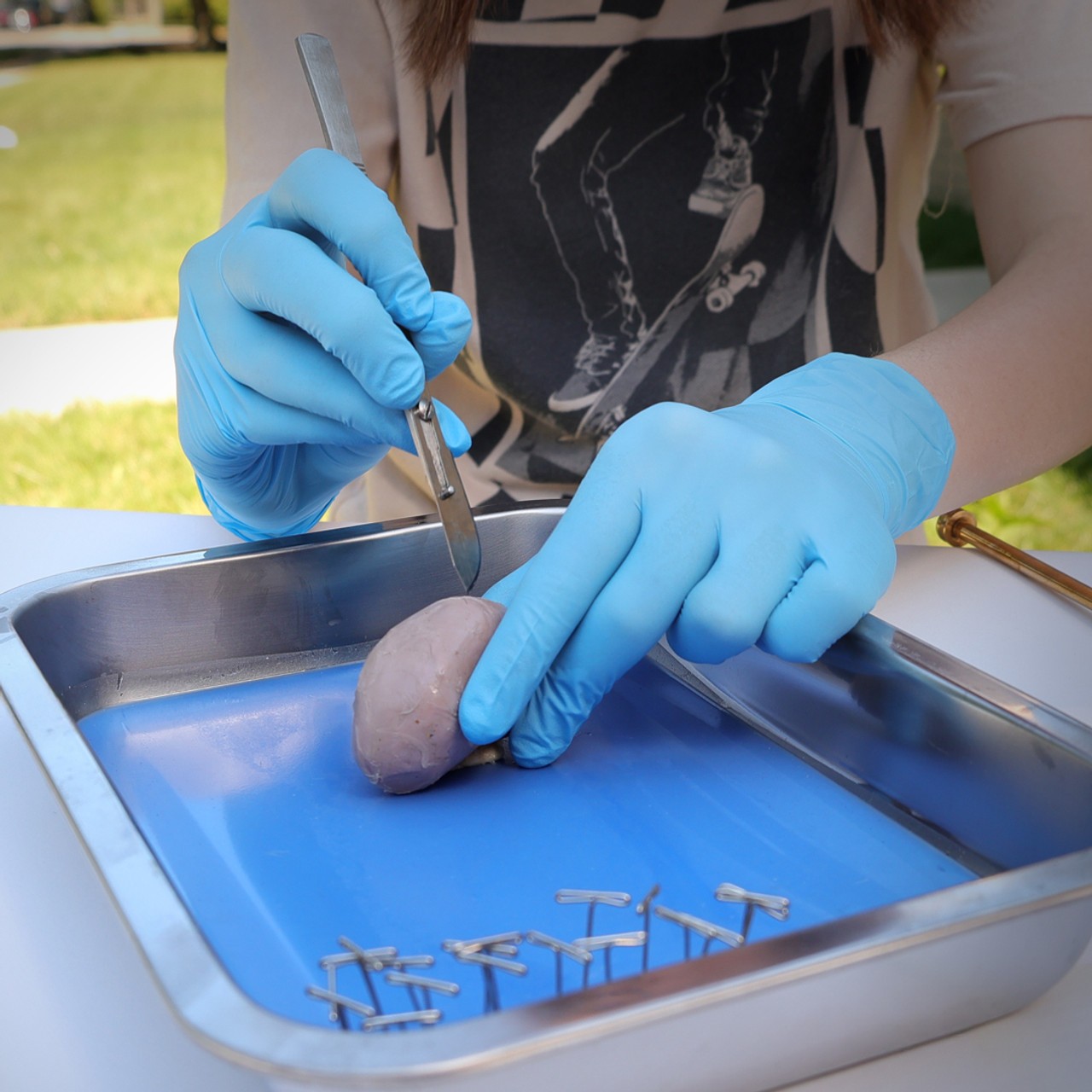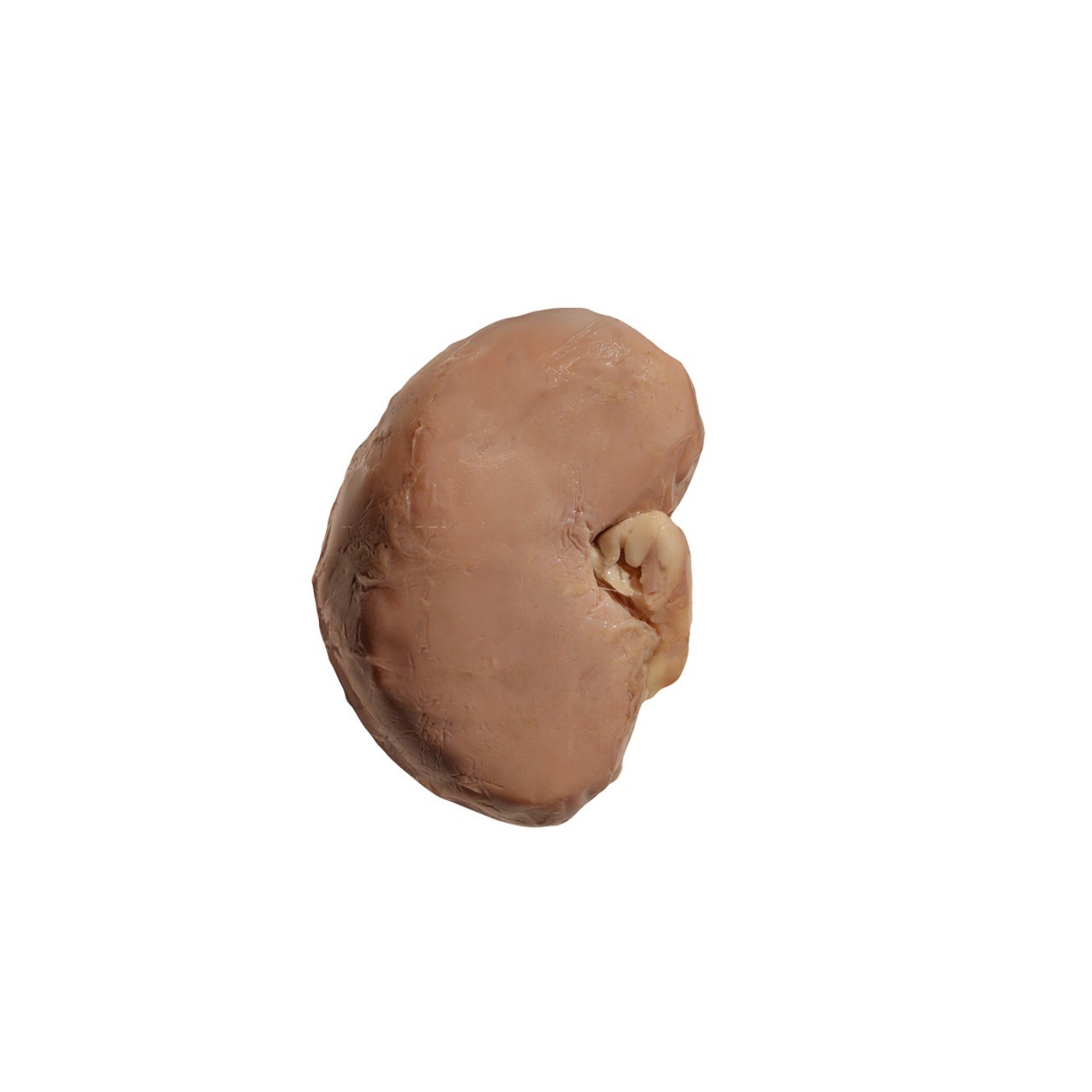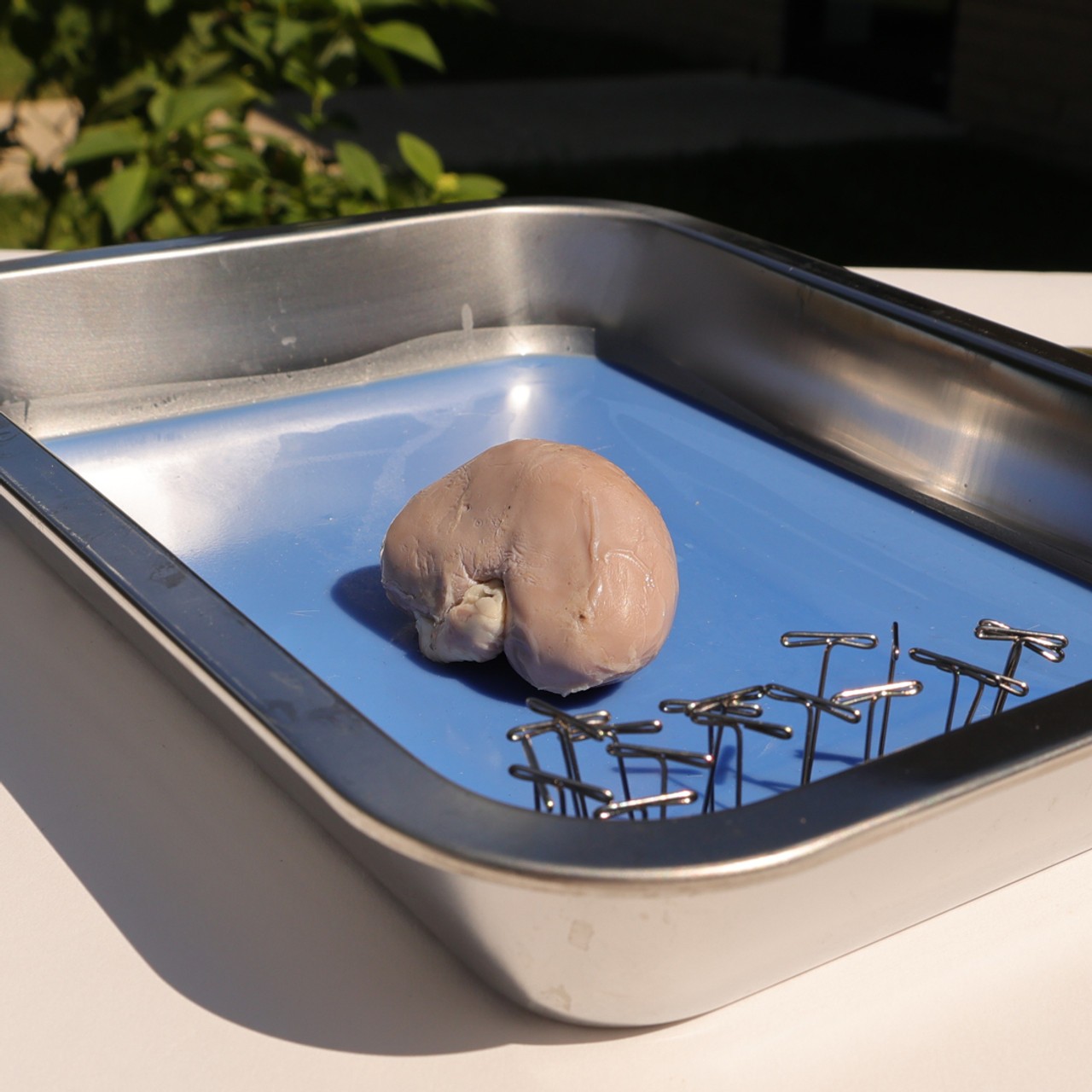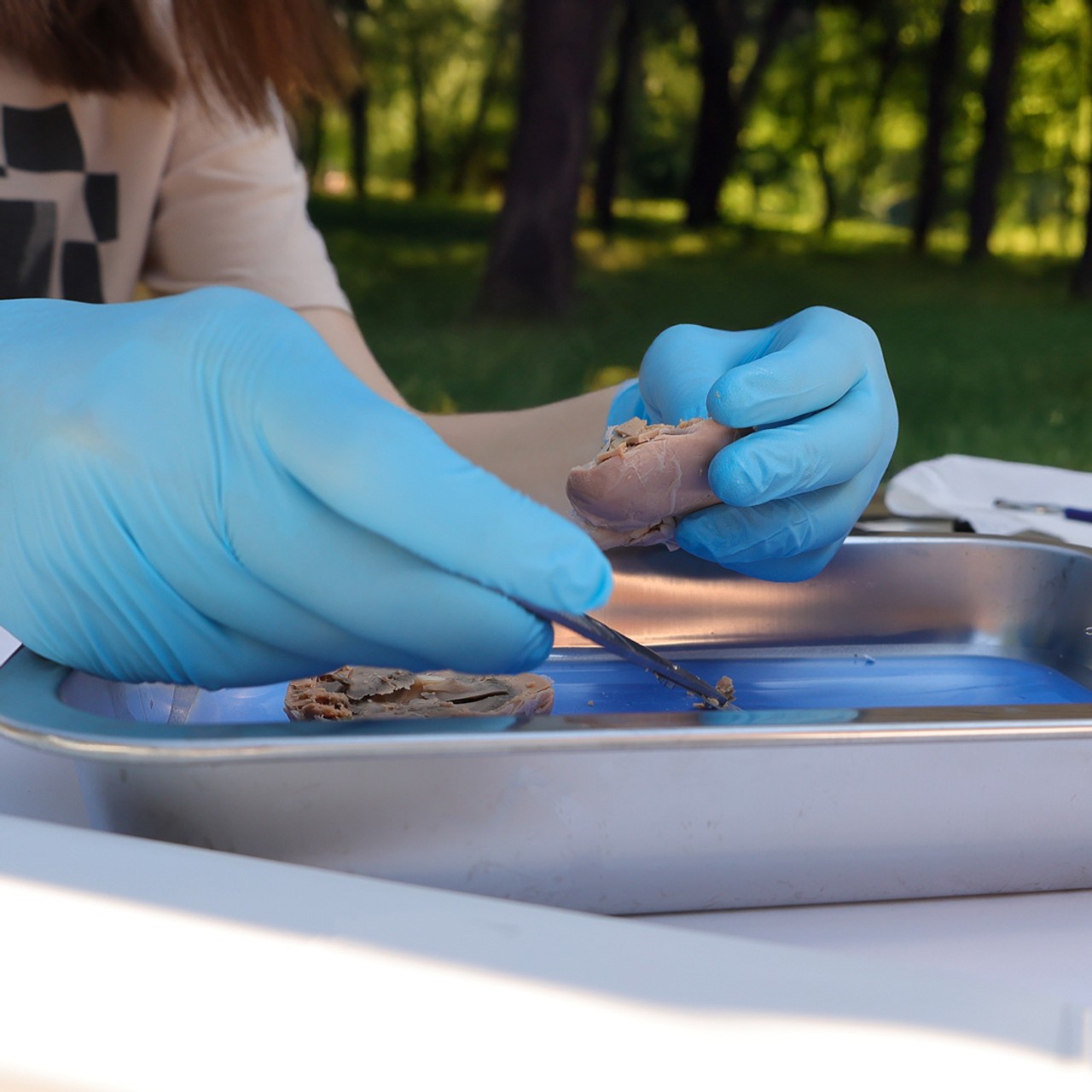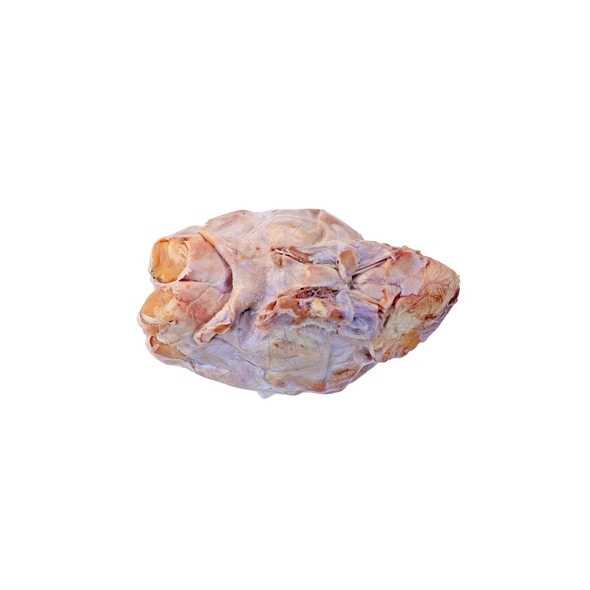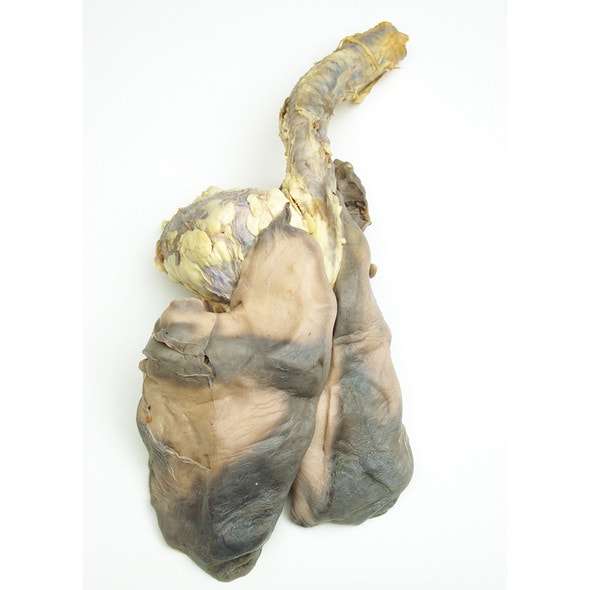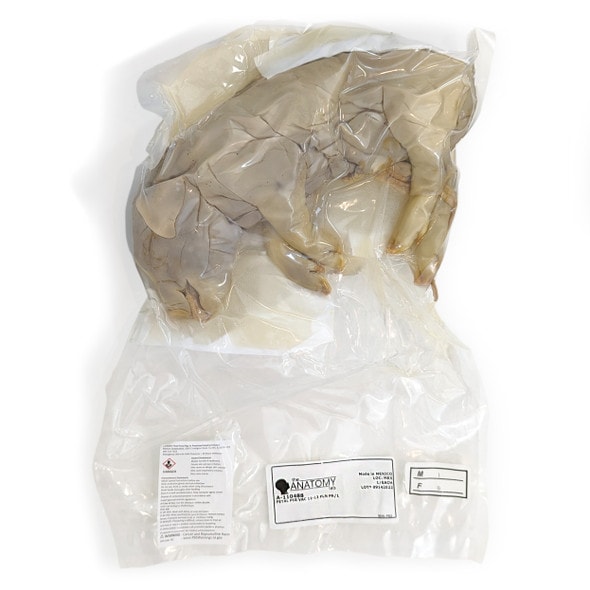- Home
- Specimens
- Organ Dissection Specimens
- Anatomy Lab Preserved Sheep Kidney Specimen, Vacuum Packed
Description
Hands-On Learning with the Anatomy Lab Sheep Kidney Specimen
Enhance anatomy education with the Anatomy Lab Sheep Kidney Specimen, preserved and vacuum-packed to maintain its natural structure and detail. Ideal for biology classrooms and anatomy labs, this real specimen provides students with the opportunity to study mammalian urinary system anatomy up close. Designed for easy handling and long-term storage, this specimen is perfect for in-depth dissection and learning. Order today to bring real-world anatomy into your classroom.
Perfect for Dissection and Anatomy Study
This sheep kidney specimen is a valuable resource for understanding the structure, function, and physiology of the mammalian urinary system. Students can identify the cortex, medulla, renal pelvis, and other anatomical features while developing hands-on dissection skills. Perfect for biology, veterinary, and pre-med programs, this specimen supports learning objectives in organ function and comparative anatomy.
Why This Specimen is a Must-Have for Educators
- Provides realistic, tactile learning experiences for anatomy students.
- Helps students practice proper dissection techniques.
- Allows for clear identification of key kidney structures.
- Ideal for high school, college, and professional anatomy courses.
- Preserved for safe, long-term use in the classroom or lab.
Key Features of the Sheep Kidney Specimen
- Vacuum-packed for freshness and extended shelf life.
- Natural size and coloration for realistic study.
- Safe and non-toxic preservation process.
- Suitable for individual or group dissection activities.
Technical Specifications of the Product
- Product dimensions: Approximately 2.5–3.5 inches in length
- Product weight: Varies slightly by specimen
- Preservation method: Plain injected
- Included with purchase:
- 1 x Sheep Kidney Specimen (vacuum-packed) (either 1 or 10)
Warning:
This product can expose you to chemicals including formaldehyde, which is known to the State of California to cause cancer, and methanol, which is known to the State of California to cause birth defects or other reproductive harm. For more information go to www.P65Warnings.ca.gov.

